Transport certification: important updates
We've had a few important things pop up about certifying livestock for transport recently, which are worth a re-cap.
Are you referring to the latest advice?
Our policy and guidelines were updated in December 2018 to reflect important regulatory changes in effect from 1 October 2018.
The Fitness for Transport certificate pad we co-author with MPI was also updated at this time.
You can find current NZVA resources listed on our website.
Please ensure you refer to current regulations and advice and check you are using the correct version of the certificates. These have 'Date as at 1 February 2019' printed on the bottom of each page.
What if the closest premises cannot take the animal?
In some cases, it may be appropriate to certify animals for transport to a processor which is NOT the closest slaughter premises.
Examples of where this may be appropriate include where the closest slaughter premises:
- are not currently processing that class of stock
- does not have processing space available in the timeframe the animal needs to be slaughtered (e.g. where the condition of the animal may deteriorate)
- does not have facilities appropriate to receive the animal (e.g. cannot process large-frame animals).
In such instances, before issuing a certificate, the veterinarian should consider if the animal is fit to travel the additional distance and also contact a MPI Verification Services veterinarian at the destination plant to confirm it is appropriate to send the animal.
Who is responsible for complying with specified transport conditions?
If you have specified transport conditions in your declaration (e.g. 'last on/first off, 'direct to slaughter premises'), it is the primary responsibility of the owner or person in charge to comply with all relevant conditions necessary to manage any risks to the animals' welfare.
However, generally the best outcomes occur when everybody works together.
